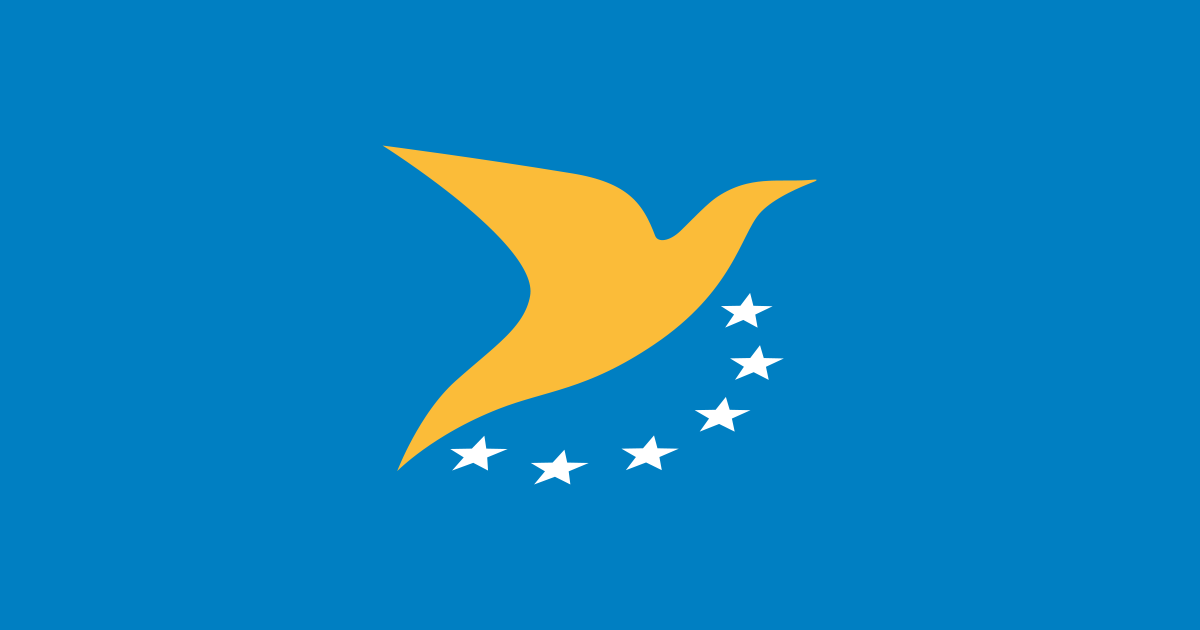FAA Invests Over $100M to Reduce Runway Incursions at Airports
WASHINGTON – The Federal Aviation Administration has awarded more than $100 million to 12 airports across the country to reduce runway incursions. Projects will reconfigure taxiways that may cause confusion, install airfield lighting or construct new taxiways to provide more flexibility on the airfield.
“Some airfields have complex layouts that can create confusion for pilots and other airport users. This funding will reconfigure complex taxiway and runway intersections to help prevent incursions and enhance the safety of the National Airspace System,” said FAA Associate Administrator Shannetta R. Griffin, P.E.
The agency’s Runway Incursion Mitigation Program was developed to identify airports that have risk factors that might contribute to runway incursions. Those factors include complexity and airfield layout. As part of the RIM program, the FAA, airports and industry work together to find solutions and share best practices.
Funding is going to key projects, including:
- Miami International Airport: $6 million to shift one taxiway (L1) and fix the intersection of two other taxiways (M & Q).
- Harry Reid International Airport: $13.4 million to reconfigure four taxiways (U, E, F and H) to meet safety standards, shift two runways (8L/26R and 1L/19R) and install runway status and guard lights. Runway status lights alert pilots and others if it is not safe to enter the runway.
- San Diego International Airport: $24 million to construct a new taxiway (A), eliminating the need for aircraft to back-taxi on the runway.
- Tucson International Airport: $33.1 million to construct a taxiway (C) and shift and rebuild runway (11R/29L) to be further away from a parallel runway.
- Norman Y. Mineta San Jose International Airport: $10.8 million to build a taxiway (V) to provide more direct access to aircraft hangars.
- Pensacola International Airport: $1.17 million to install runway guard lights for Runways 8/26 and 17/35 to address safety issues identified by a Runway Safety Action Team.
- Prescott International Airport in Prescott, Ariz.: $7.4 million to shift a taxiway (C) 75 feet east.
- Abraham Lincoln Capital Airport in Springfield, Ill.: $7.4 million to remove portions of Runway 18 and Runway 36 and extend a taxiway (G) to maintain access to the existing north apron.
- Bellingham International Airport in Bellingham, Wash.: $1.3 million to reconfigure a connecting taxiway (F) from its current airfield location to a new midfield connector.
- Republic Airport in East Farmingdale, N.Y.: $12.4 million to reconstruct a taxiway (A), add a taxiway edge lighting system and replace existing airfield guidance signs.
- Waverly Municipal Airport in Waverly, Iowa: $223,000 to construct a parallel taxiway from the Runway 11 turnaround to the apron, eliminating the need for aircraft to back-taxi on the runway.
- Charles B Wheeler Downtown Airport in Kansas City, Kan.: $844,000 for two parallel taxiways (L and D) to Runway 3 to eliminate the need for aircraft to back-taxi on the runway.
In March, the FAA held a Safety Summit to address recent incidence. The summit brought together leaders from across the aviation sector, including airlines, flight and ground crews, and air traffic control, to find potential causes and needed actions to uphold safety. Read more about the summit and actions the agency has taken since then.
Following the Safety Summit, in April, U.S. Transportation Sec. Buttigieg went on an airport safety tour to highlight airport projects in North Carolina, Arkansas, Texas and Oklahoma that received federal funding to improve airfield safety.
The FAA has introduced several runway safety technologies to provide pilots and controllers increased situational awareness.
- Runway Status Lights: The in-pavement lights alert pilots that entering a runway is unsafe due to other traffic on or approaching the runway.
- Airport Surface Detection Equipment, Model X (ASDE-X): A surveillance system using radar, multilateration and satellite technology that allows air traffic controllers to track surface movement of aircraft and vehicles. It or its sister system, Airport Surface Surveillance Capability, is located at the country’s 43 largest airports.
- ASDE-X Taxiway Arrival Prediction: Predicts when a pilot lines up to land on a taxiway and provides a visual and audible alert to controllers.
Read more about FAA runway safety technology.
The funding announced today comes from several sources including the FAA’s Airport Improvement Program or the Bipartisan Infrastructure Law.
Official news published at https://www.faa.gov/newsroom/faa-invests-over-100m-reduce-runway-incursions-airports
The post FAA Invests Over $100M to Reduce Runway Incursions at Airports first appeared on Reliable News.




More Stories
Additional Member States and first airports join EASA’s award-winning Data4Safety programme
EASA publishes first Easy Access Rules for small category VCA
EASA publishes CBTA Opinion for training next ATCO generation